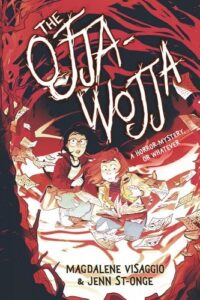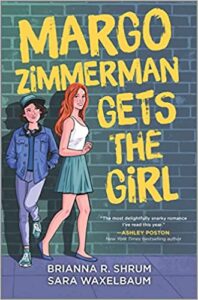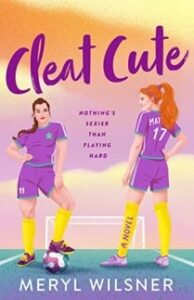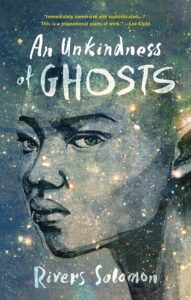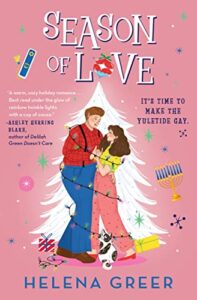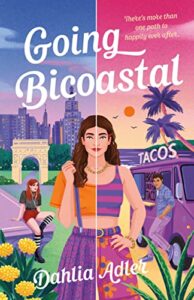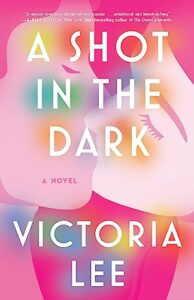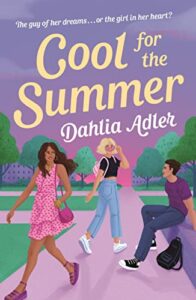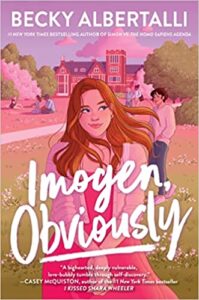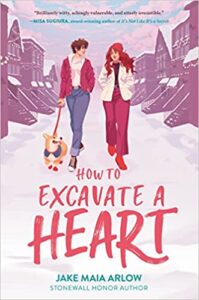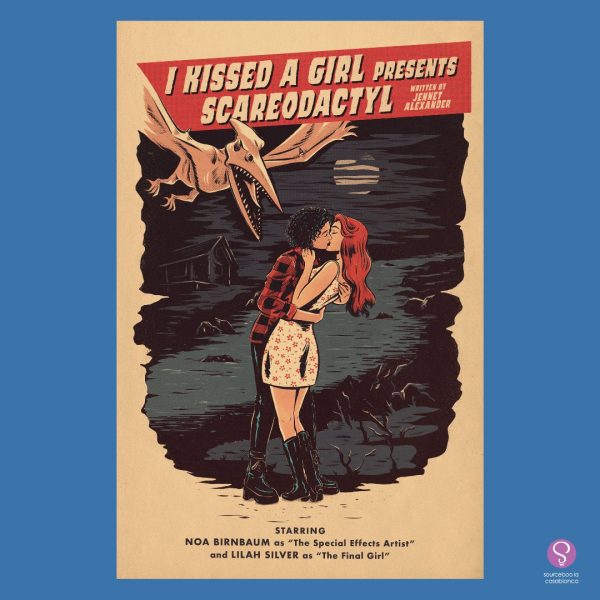I recently read a report from the University of Cambridge about how autistic people are more likely to be queer than allistic people, with specifically autistic female-identifying people being three times as likely to identify as some form of queer. If you are interested in reading more about this, you can read the abstract. This got me thinking about how there has been a recent uptick in autistic narratives, especially in young adult and middle grade books. Once I got thinking about that, I went down a little rabbit hole of autistic queer literature, and found some fantastic titles that I’d love to share with y’all! Without any further ado, here are five of my favorite autistic sapphic titles.
The Ojja-Wojja by Magdalene Visaggio and Jenn St-Onge
Val and Lanie are two middle-graders trying to retain their individuality in small-town Bollingbrooke, despite the metaphorical targets on their backs due to being queer (Lanie) or autistic (Val). When the two complete an ancient ritual and summon the Ojja-Wojja, Val, Lanie and their group of friends have to defend the town against the demonic presence before it destroys their town.
The Ojja-Wojja is great for people who heard “Alien Party” by Sid Dorey and went “wow…they’re right! Being queer or autistic is like being an alien!”
Margo Zimmerman Gets the Girl by Sara Waxelbaum and Briana R. Shrum
Margo is an overachiever, autistic, and newly out as gay, while Abbi is known for being visibly queer and failing US History. The two team up to cover their blind spots; Margo receives Queer 101 lessons in exchange for Abbi receiving history lessons.
Margo Zimmerman Gets the Girl is a fun, tongue-in-cheek read that I couldn’t put down. If you want a book about a Jewish, autistic protagonist and plenty of queer rep, you’ll want to pick up this one.
Cleat Cute by Meryl Wilsner
When Phoebe joined the US Women’s National Team, she had no idea that she was taking Grace’s spot after the veteran got injured. The two clash due to their personalities, until a daring kiss brings them together. The two work together both on and off the field as the World Cup approaches. Grace wrestles with a potential autism diagnosis and Phoebe is diagnosed with ADHD, making this the AuDHD romance of your dreams.
I would recommend Cleat Cute for people who are fans of Ted Lasso and A League of Their Own.
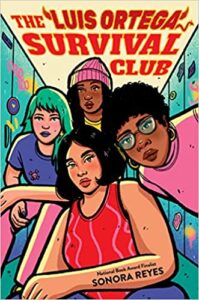
The Luis Ortega Survival Club by Sonora Reyes
In this YA revenge story, a queer and autistic girl is struggling to put into words what happened and decide if she has the right to be mad with the cute, popular person she had sex with at a party—where she didn’t say no but she definitely didn’t say yes. But when she finds other students determined to expose this predator, she decides to take him down.
This is the autistic revenge story that fans of Do Revenge will want in their TBR stacks.
An Unkindness of Ghosts by River Solomon
This dystopian sci-fi novel features Aster, an autistic person who works on the HMS Matilda as a descendant of the original passengers journeying to a Promised Land. However, the ship’s leaders have imposed a brutal enslavement on the passengers of color, including Aster, and she learns there may be a way to end it if she is willing to start a civil war.
Aster’s autism is integral to the story and not for trauma-related reasons—her perspective on the HMS (and the reader by extension) is thoroughly informed by her being autistic.
As always, you can get any of these books through your local library, indie bookstore, or through the Bookshop links above! Happy reading!
Chloe (they/he) is a public librarian in Baltimore, who identifies as Indigenous, autistic, and panromantic demisexual. They enjoy reading queer literature for any age group, as well as fantasy, contemporary, and romance. In their spare time, they act in local community theaters, play D&D, and are halfway through their MLiS program. You can find them on Goodreads, Twitter, or Instagram.

